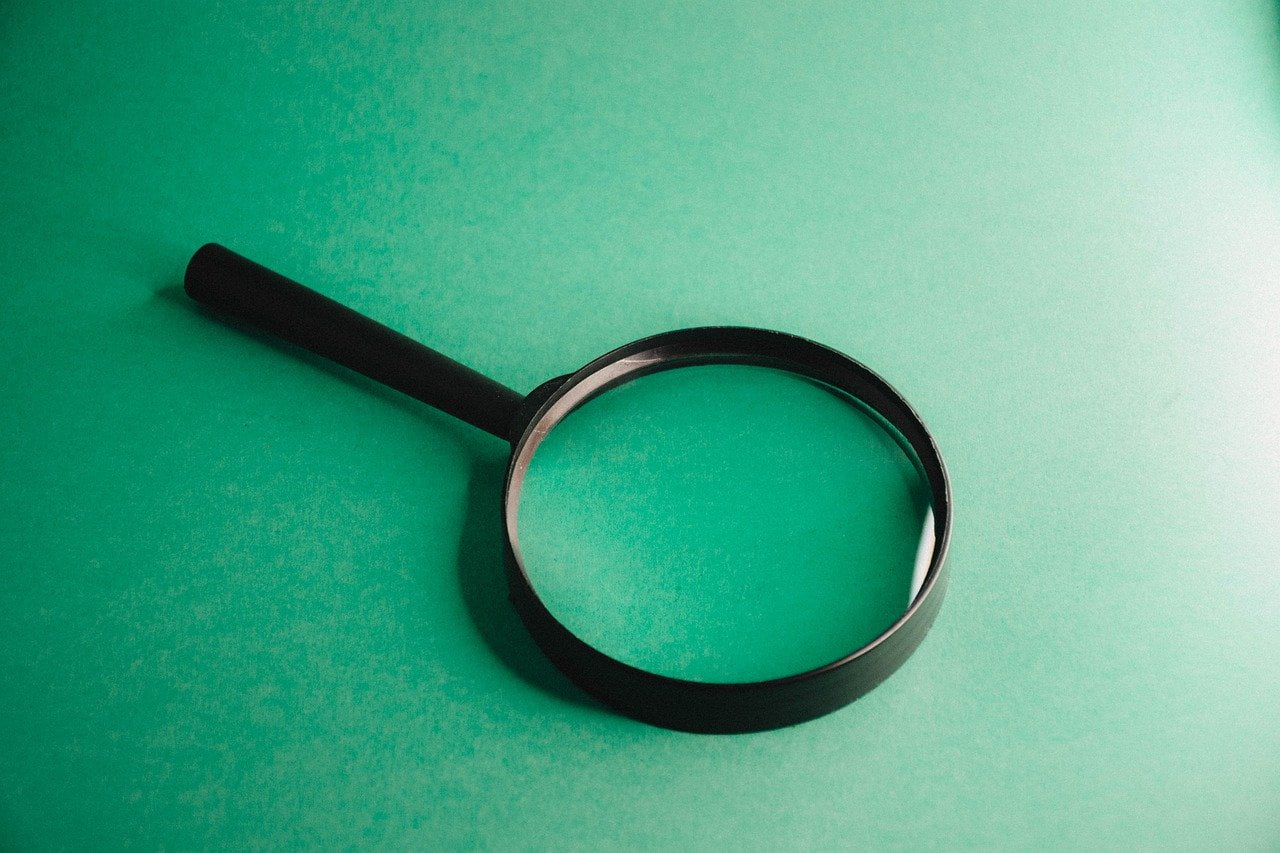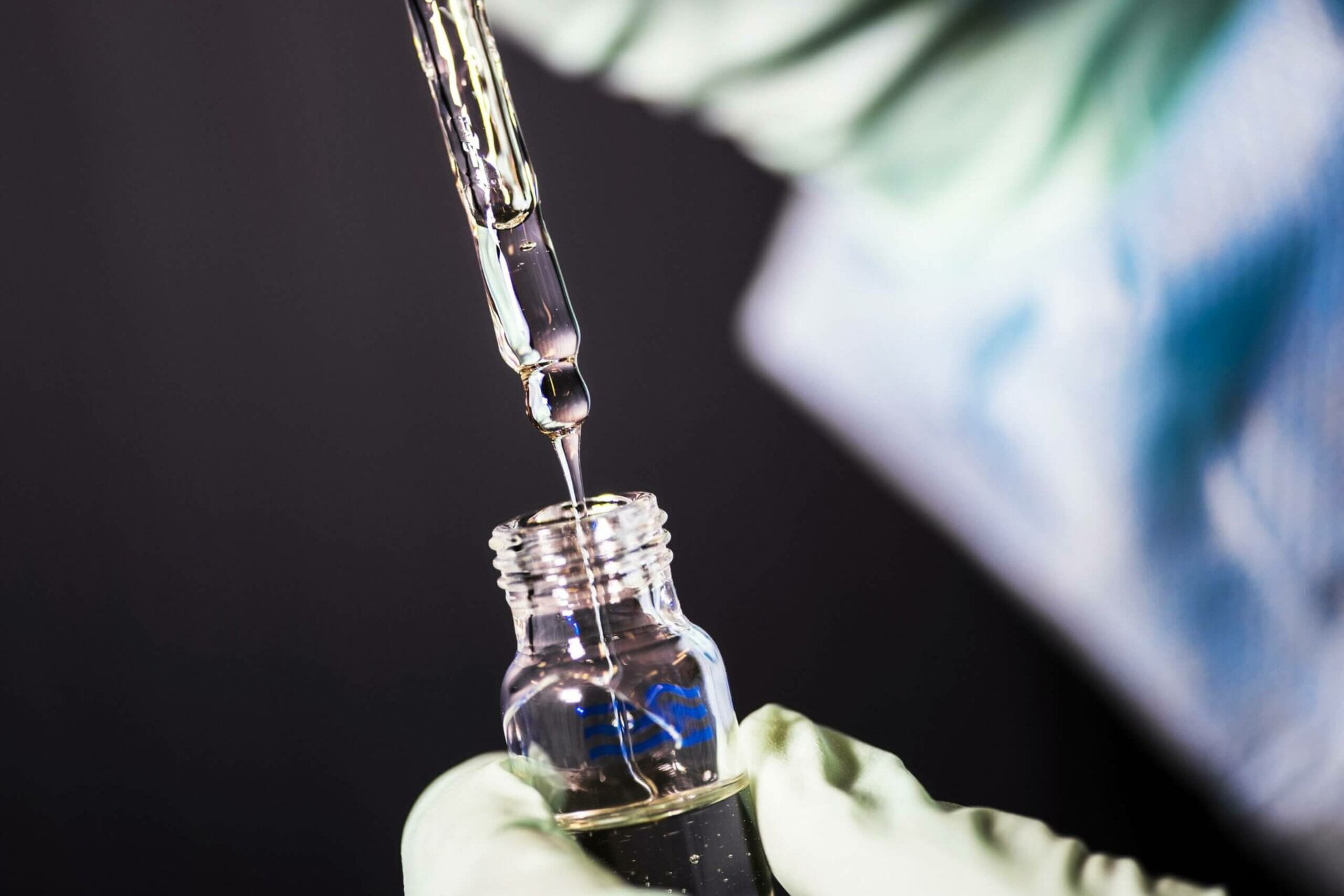Verification Versus Validation – What’s the Difference?

DATE
August 01, 2020
AUTHOR
Dragan | Co-Founder & CTO
This guest post is brought to you by qtec group.
Why verification and validation?
The basic objectives of a verification and validation process are to check the defined specifications of a device for compliance before it is brought to market.
The earlier errors and specification deviations are discovered in the development process, the more (cost-) favourable the subsequent correction. This behavior is clearly illustrated in the so-called rule of ten (and confirmed by studies). It states that the cost of correcting the error increases tenfold at each stage of product implementation. Accordingly, the longer the error remains undetected in the product’s development, the higher the costs. Errors that only become apparent when the end customer uses the product thus generate maximum costs.
A definition of verification
Product verification is the process of checking whether a product complies with its specifications. The term is defined in ISO 9000, for example, as “confirmation by objective evidence that requirements are met”.
One example for verification would be to check whether the warning lights of a medical device are installed and actually work.
A definition of validation
During validation, an installation, product or manufacturing process is checked for its suitability to meet the intended use objectives. Or, in the sense of ISO 9000, “confirmation by objective evidence that the requirements for a specific application or use are met”.
This places the product in a broader context than was the case at the time of verification; the application must be able to be measured against the customer’s expectations. The validation could therefore check whether the warning lights mentioned in the above example can be easily recognized from all working positions.
In particular, (process) validation is used when product properties cannot be verified on the finished product. However, a validation of the manufacturing process can check how reproducible it is to manufacture a specific product. Continuous validation must therefore provide documented proof that a process permanently complies with its specifications.
A process that has been proven to work and deliver the intended result is a validated process. An example of this would be the manufacturing process of a passenger car. The correct function of the airbag cannot be verified at the end of production, but the manufacturing process as such is demonstrably validated as reproducible.
Verification and validation of medical devices
Barry W. Boehm was one of the first to attempt to describe and define verification and validation processes. Informally (and thus very vividly) he finally summarized the definition of verification and validation in the following concise questions:
- Verification: Are we building the product correctly?
- Validation: Are we building the right product?
Medical devices must also undergo verification and validation processes before they are placed on the market. ISO 13485:2016 adopts the definitions of validation and verification from ISO 9000 and dedicates separate chapters, 7.3.6 and 7.3.7, to development verification and validation. A more detailed insight into the verification of medical devices is provided in our article “Verification of medical devices”. The MDR also requires the manufacturer of a medical device in Annex II that the technical documentation contains the results of all verification and validation tests in order to provide the required proof of conformity with the essential safety and performance requirements.
About qtec group
qtec is the qualified and flexible partner supporting manufacturers of medical technology and in vitro diagnostics in the German-speaking region and supports with more than 50 experts from the product idea to Post-Market Surveillance (PMS).
+49 4 51 80 85 03 60
Read our joint article with qtec on digital PMCF solutions.






